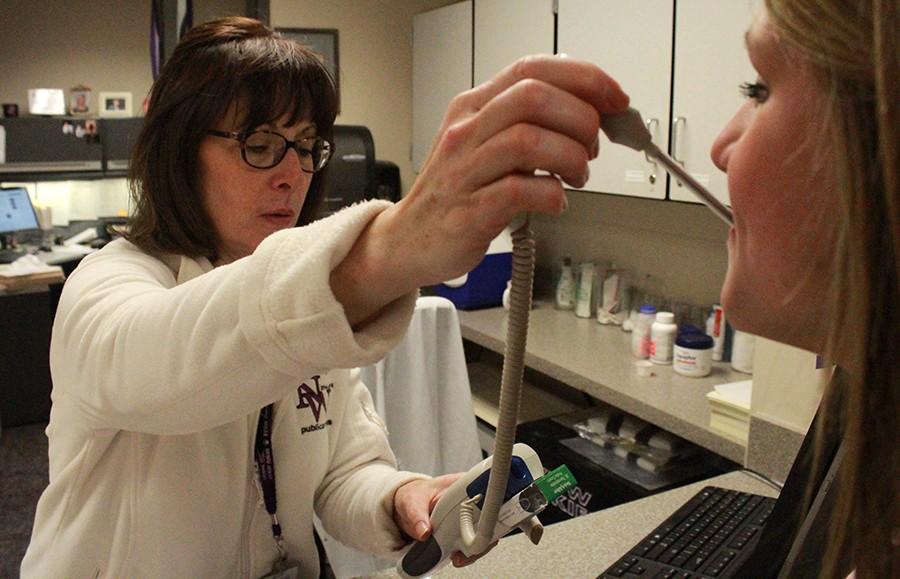The rise of the influenza virus
January 27, 2015
Over the past month, hospitals, doctors and school nurses have noticed a rise in the amount of people, mostly teenagers, reporting influenza symptoms or becoming diagnosed with the influenza.
While the stomach flu involves the patients vomiting, the influenza has more cold like symptoms. There are two influenza viruses that tend to attack people’s immune system during flu season. One type is the influenza A virus, which has multiple strains as well, including H3N2 and H1N1. The other type of the influenza virus is Influenza B. According to BVNW nurse, Becky Imlay, the A virus is the virus causing problems for many students at BVNW this year.
“Last year, [The Center for Disease Control] decided that H3N2 was the [virus] they needed to put in the flu shot,” Imlay said. “After they put it in the flu shot, they found that it mutated. So the flu shot isn’t giving the level of protection that it has in the past.”
Junior Suruchi Ramanujan had the influenza over winter break during New Years. In years past, Ramanujan received her influenza shot and never got the influenza. This year Ramanujan said she received her influenza shot and ended up being diagnosed with the influenza virus for the first time in her life.
“[The doctors] said [the influenza virus is] not contagious for two days,” Ramanujan said. “You will have to take the medicine for five to seven days but I came to school on the fifth day because that was the first day of school. I was not contagious when I went to school but I was still sick.”
Ramanujan said her symptoms included headaches on the backside of her head, coughing, sneezing and body pains. She also felt very hot or very cold.
Imlay said the rise of influenza patients this season is most likely linked to the mutation of the virus that may take place. However, the mutation does not mean the shot does not give some protection. The flu shot will protect against H1N1 that did not mutate, but it may not give the level of protection that [the doctors] feel it’s going to prevent the flu from being less severe. Currently they believe it is 23 percent effective.
“Advances,” a newsletter sent to The University of Kansas staff, wrote that on a normal winter day at the University of Kansas hospital there are no more than 10 patients hospitalized with flu or flu-like symptoms. However, this year on Jan. 8 there were 49 patients hospitalized. According to the newsletter, on Jan. 1 there were 672 patients in bed at the hospital. Only five days later, the number of patients rose to 861.
Luckily, Imlay said she has not seen any acutely ill influenza students in her office; it appears that the students are staying home.
“Kids come to school sick, which I understand,” Imlay said. “I think kids are afraid to miss school… They are infectious and they infect everyone else when they are here.”
To stay healthy this flu season, Imlay recommends students get the flu shot, keep hands washed and not share their belongings. She said if a student gets sick, especially with the flu, he or she needs to stay home, rest and see a doctor.













